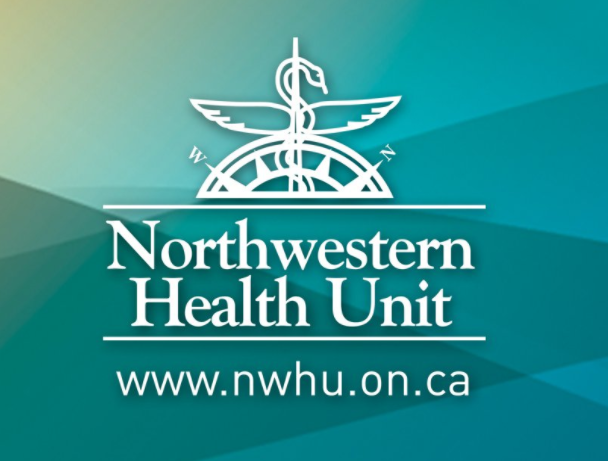Public health authorities are urging residents in the Northwest to take precautions as they track a sharp increase in syphilis cases.
The Northwestern Health Unit reported 118 confirmed cases of the sexually transmitted infection (STI) last year, more than double the figure for 2020.
That put the NWHU’s syphilis incidence rate of 145.4 per 100,000 people far above the provincial average, which was tracked at just 15.7 in 2020.
It’s part of a longer trend of rising cases that dates back to 2018, when the NWHU rate stood at 30.8, the health unit said in a release this week. In the years before that, the incidence rate had been below three.
The agency said it will look to boost public awareness around the bacterial infection, which can be cured with early detection.
“Syphilis is easily cured with antibiotics when treated early, but, delayed treatment can result in severe and irreversible damage,” said NWHU medical officer of health Dr. Kit Young Hoon.
Though the bacterial infection disproportionately affects men over 30 across Canada, cases in the NWHU were almost evenly split between men and women.
The median age of cases in 2021 was 32, with women 25 to 29 the single most-impacted demographic by age and sex, followed by men 35 to 39.
The Sioux Lookout area made up nearly half of all cases across the NWHU (47 per cent), followed by the Kenora (36 per cent) and Fort Frances (nine per cent) areas. All others were below five per cent.
Most cases were caught through routine screening or contact tracing.
Not using a condom was the most common risk factor, with most others tied to fewer than 10 cases. The NWHU noted it offers free condoms at local offices.
Testing is also available via the NWHU or through a health care provider. The health unit urged pregnant women to be tested, since the infection can be spread during pregnancy or birth.
Injection drug use, being under-housed or homelessness, and having multiple sexual partners also increase risk, the health unit said.
The STI is normally transmitted through direct contact with a syphilis sore during sexual contact.
The health unit said it had “increased communication and services to high-risk groups and the general public” in response to the surge in cases.
